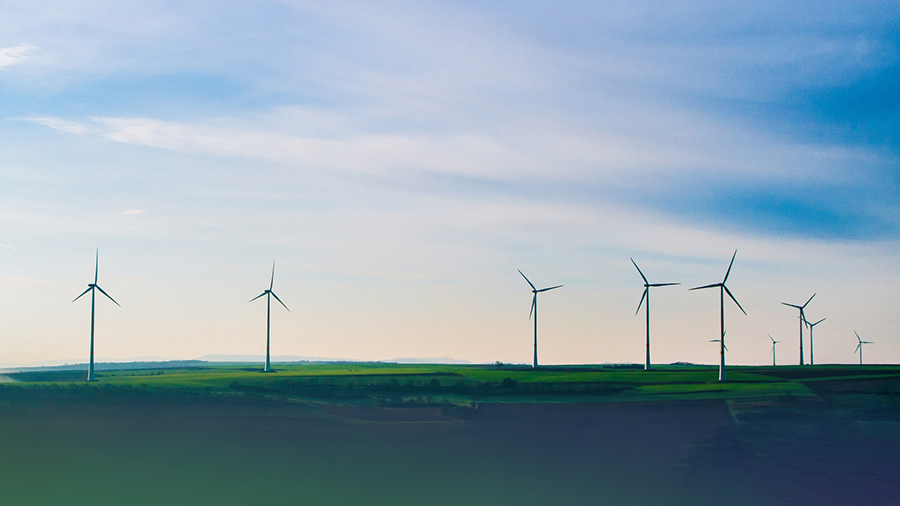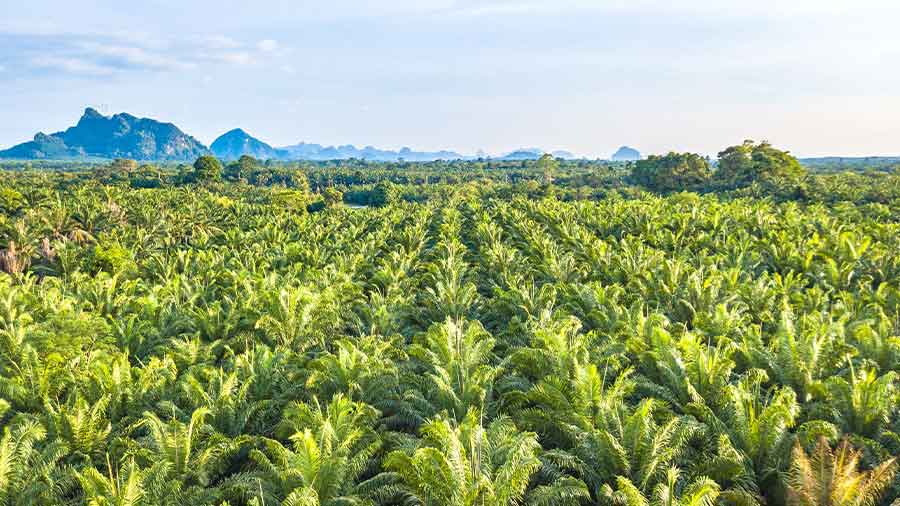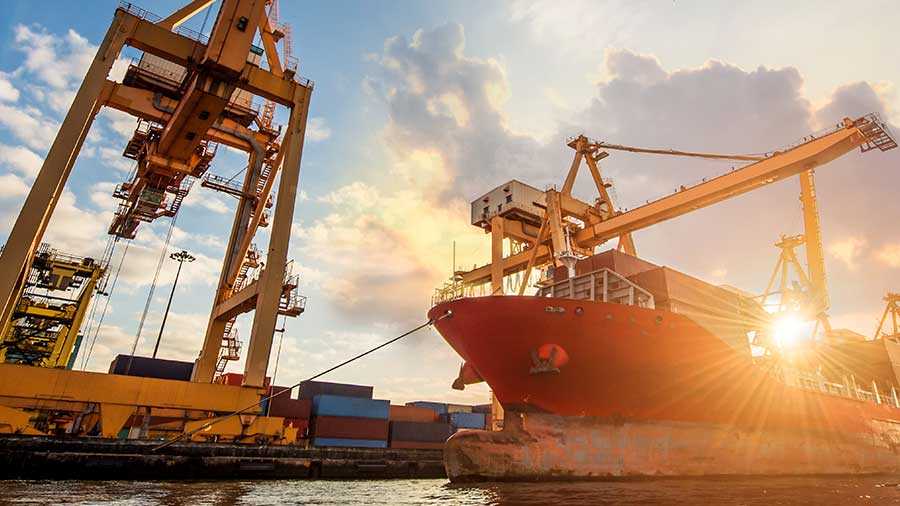Indonesia offers investors low wage costs, an increasingly attractive investment climate, a huge domestic market, and access to other ASEAN markets.
Further, Indonesia’s central bank, Bank Indonesia, predicts that the country’s economy is expected to grow at between 4.5-5.3 percent in 2023 – one of the highest among G20 members – and will be supported by several important sectors, including commodities, infrastructure development, tourism, and manufacturing of high-value products, such as electric vehicle batteries.
The country’s Positive Investment List allows foreign investment in over 200 business sectors, including transportation, energy, and telecommunication. Foreign investors can fully own a business in these sectors unless subject to specific limitations.
The positive investment list classifies business fields into four categories:
Business fields fully open to foreign investment
The following business fields are open to 100 percent foreign investment.
- Oil and gas construction;
- Onshore upstream oil installation;
- Onshore and offshore distribution pipelines;
- Onshore and offshore oil and gas drilling service;
- Oil and gas well maintenance service;
- Electricity generation;
- Construction of electricity installation;
- Geothermal electricity generation;
- Supermarkets (with areas less than 1,200 sqm);
- Department store (with areas between 400 – 2,000 sqm);
- Ports;
- Airport and airport supporting services;
- Maritime cargo handling;
- Telecommunications;
- E-commerce;
- Pharmaceutical industry; and
- Hospitals
Foreign investors may create a legal presence in Indonesia in one of two ways: a Limited Liability Company (PT PMA) or a Representative Office.
Priority sectors - 246 business lines open for investment
To classify as a priority sector, business enterprises must meet the following criteria:
- Must be labor intensive;
- Must be capital intensive;
- Must be part of a national project/program;
- Must be export-oriented;
- Must involve a pioneer industry (renewables, oil refining, metals, etc.);
- Must utilize advanced technologies; and
- Must implement research and development and innovation
There are 246 business fields under this category that can be found under Exhibit 1 of the positive investment list. Moreover, businesses in priority sectors are eligible for a range of fiscal and non-fiscal incentives.
Fiscal incentives include a 50 percent corporate income tax reduction for investments between 100 billion rupiah (US$6.9 million) and 500 billion rupiah (US$34.8 million) for a period of five years and 100 CIT reduction for investments over 500 billion rupiah (US$34.8 million) for a period between five and 20 years.
In addition, there are tax allowances available in the form of a reduction in the taxable income of 30 percent of the total investment for six years, a special withholding tax rate on dividends of 10 percent, and tax losses carried forward for up to 10 years.
Examples of non-fiscal incentives are the provision of supporting infrastructure, simplified business licensing procedures, and the guaranteed energy supply or raw materials.
Business fields that stipulate specific requirements or limitations — 37 business lines open
|
Business Fields with Specific Requirements |
|
|
Business fields |
Requirements |
|
Publishing of newspapers, magazines and bulletin (press) |
100 percent domestic capital required for establishment, and up to 49 percent foreign capital ownership for business development and expansion |
|
Private broadcasting agency |
100 percent domestic capital required for establishment, and up to 20 percent foreign capital ownership for business development and expansion |
|
Subscription based broadcasting agency |
100 percent domestic capital required for establishment, and up to 20 percent foreign capital ownership for business development and expansion |
|
Courier Activities |
Maximum foreign capital ownership of 49 percent |
|
Scheduled commercial air transportation |
Foreign capital ownership of 49 percent. However, domestic capital ownership needs to be the single majority |
|
Domestic non-scheduled commercial air transportation |
Foreign capital ownership of 49 percent. However, domestic capital ownership needs to be the single majority |
|
Air transport activities |
Foreign capital ownership of 49 percent. However, domestic capital ownership needs to be the single majority |
|
Domestic passenger liner and tramper sea transportation for passengers |
Maximum foreign capital ownership of 49 percent |
|
Domestic sea transport for tourism |
Maximum foreign capital ownership of 49 percent |
|
Pioneer domesticsea transportation for passengers |
Maximum foreign capital ownership of 49 percent |
|
Domestic sea transportation for special goods |
Maximum foreign capital ownership of 49 percent |
|
Pioneer domestic sea transportation of goods |
Maximum foreign capital ownership of 49 percent |
|
Domestic sea transportation using public shipping |
Maximum foreign capital ownership of 49 percent |
|
Overseas liner and tramp sea freights for goods |
Maximum foreign capital ownership of 49 percent |
|
Overseas sea transportation for special goods |
Maximum foreign capital ownership of 49 percent |
|
Public ferry transportation between provinces |
Maximum foreign capital ownership of 49 percent |
|
Public ferry transportation between regencies / cities |
Maximum foreign capital ownership of 49 percent |
|
Pioneer ferry transporation between regencies / cities |
Maximum foreign capital ownership of 49 percent |
|
Public ferry transportation within a city/regency |
Maximum foreign capital ownership of 49 percent |
|
River and lake transportation with fixed and regular routes
|
Maximum foreign capital ownership of 49 percent |
|
River and lake transportation with non-fixed and irregular routes |
Maximum foreign capital ownership of 49 percent |
|
River and lake transportation with non-fixed and irregular routes for tourism |
Maximum foreign capital ownership of 49 percent |
|
River and lake transportation for general goods and/or animals |
Maximum foreign capital ownership of 49 percent |
|
River and lake transportation for special goods |
Maximum foreign capital ownership of 49 percent |
|
River and lake transportation for dangerous goods |
Maximum foreign capital ownership of 49 percent |
|
Primary equipment industries
|
|
|
Pioneer ferry trasnporation between provinces |
Maximum foreign capital ownership of 49 percent
|
|
Traditional medical products (for humans) |
100 percent domestic capital |
|
Wood based building products industry |
100 percent domestic capital |
|
Coffee processing industry that already acquire geographical indications |
100 percent domestic capital |
|
Ship industry
|
100 percent domestic capital |
|
Domestic liner and tramper sea transportation for goods |
Maximum foreign capital ownership of 49 percent
|
|
Traditional cosmetics industry |
100 percent domestic capital |
|
Raw materials for traditional medicine (for humans) |
100 percent domestic capital |
|
Batik industry
|
100 percent domestic capital |
|
Art Gallery |
100 percent domestic capital |
|
Activities of the travel bureau for umrah and special hajj |
100 percent domestic capitaland must be Muslim |
Business fields open to large enterprises with compulsory partnerships
Business fields under this category are open to foreign investors or large-scale enterprises through a compulsory partnership agreement with an MSME. There are 106 business lines for this category, being:
- Business lines that do not use advanced technology;
- Are labor-intensive businesses, characterized by a special cultural heritage; or
- The capital for the business’ activities does not exceed 10 billion rupiah (US$701,000).
Further, they cover businesses that are commonly carried out by MSMEs and/or sectors that have the potential to enter the larger supply chain. The partnership arrangement can be in the form of operational cooperation, profit sharing, subcontracting, outsourcing, or distribution.
Further, there are fiscal and non-fiscal incentives available for priority sectors.
This article features major opportunities within Indonesian industries for foreign investment in the following sections.
Top Sectors to Watch for in Indonesia
Downstream mining
As Southeast Asia’s largest economy, Indonesia has enjoyed an exports boom on the back of rising commodity prices caused by the Russian-Ukraine conflict. As such, Indonesia’s commodity exports will continue to be a backbone to the economy in 2023.
In 2014, the Indonesia government began banning the export of raw mineral ores to encourage foreign investments in the downstream mining sector and development of local smelters besides boosting exports of higher-value processed commodities as well as increasing government revenue. For 2023, the country is set to expand the raw mineral export ban to include bauxite.
Indonesia has a large and unprospected variety of mineral deposits and is the world’s biggest exporter of tin, palm oil, and thermal coal, as well as a major exporter of nickel, copper, bauxite, rubber, manganese, zinc, and lead, among other resources. Mining roughly accounts for over one-tenth of Indonesia’s GDP and has been integral to its economic growth.
The country is also home to the Grasberg mine – one of the biggest gold mines, and third-largest copper mine in the world – which is estimated to have 275 billion ounces of copper and 14.2 million troy ounces of gold reserves.
Electric vehicle batteries supply chain
Indonesia’s nickel reserves are making the country indispensable to the global EV industry with the country aiming to be a global EV hub. Global electric vehicle (EV) manufacturers, including Tesla from the United States (still under discussion) and BYD from China (finalizing Memorandums of Understanding), are considering investments in Indonesia. Indonesia aims to be one of the top three producers of EV batteries in the world by 2027.
Moreover, to complement its nickel-based battery industry, the country is also developing lithium refineries and anode material production facilities.
With its 278 million population, Indonesia also presents opportunities for the sale of EV vehicles ranging from motorbikes to cars. Formidable challenges and opportunities for investors include consumer affordability and the lack of public charging infrastructure. The government has an ambitious target of having 2.5 million EV users by 2025.
Coal
Indonesia is the world’s third-largest exporter of coal after China and India and the world’s biggest thermal coal exporter. Indonesia produced 687 million tons of coal in 2022 of which 494 million tons was exported and the remainder for domestic use. Coal exports earn the country roughly US$3 billion per month with China, India, South Korea, and Japan accounting for 70 percent of exports. Vietnam and the Philippines are growing export markets for Indonesian coal.
The government left the thermal coal market in a volatile state in January 2022 when it issued an export ban to meet domestic demand. The ban displaced an estimated four percent of the global seaborne supply or 36 million tons of coal.
For 2023, the country is targeting a record 518 million tons of exports and production at 695 million tons.
As with other commodities, the government is eager to develop Indonesia’s downstream coal industry, specifically surrounding the below seven subsectors:
- Coal liquefaction;
- Coal quality enhancement;
- Coal gasification;
- Coke manufacturing;
- Underground coal gasification;
- Briquette manufacturing;
- Coal-water mixture production.
This strategy will need immense foreign investment, particularly in infrastructure and technology.
Infrastructure
Infrastructure development has been the cornerstone of President Joko Widodo’s government for most of the past decade. During eight years of his tenure, his government has built 1,700km of highway, over 4,000km of non-highway roads, 30 reservoirs, 18 ports, and 21 airports, with most developed outside the island of Java. To take this into perspective, Indonesia had only 780km of highway for the past 40 years.
Between 2019 and 2024, Indonesia requires over US$400 billion for infrastructure investments. Specifically for 2023, the government has set aside US$25 billion in the national budget for infrastructure.
As such, Indonesia is pushing for private involvement in its infrastructure development through private-public partnership (PPP) initiatives. There are also opportunities for small and large-scale energy and infrastructure projects in Indonesia’s eastern regions, which is lacking the most in connectivity and is seeing increased focused from the government (Java currently constitutes 60 percent of total GDP and 60 percent of the population).
Healthcare and pharmaceuticals
Given its large market size, Indonesia’s healthcare sector presents a lucrative opportunity for foreign investors.
The government’s annual spending on healthcare has skyrocketed since the implementation of the universal healthcare program (BPJS) in 2014, which has now grown to be the world’s largest, covering some 248 million people. Every citizen and expatriate, living In the country for more than 6 months, are mandated to join. Companies must also register their employees to the program, paying a percentage of the premiums.
Increasing spending on healthcare will impact important sub-sectors, such as the medical devices industry, which was valued at US$4.5 billion in 2019. The majority of this, US$2.8 billion, was from imports. Indonesia mainly imports sophisticated medical instruments, such as PET-CT scanners and ICU equipment, and exports low-tech equipment, such as gloves and syringes.
The pharmaceutical industry is dominated by generic drugs (70 percent) with the remainder from over the counter (OTC) drugs. The BPJS program has boosted sales of generic drugs in the country, valued at more than US$700 million.
Tourism
Indonesia has set an ambitious target of up to 7.4 million tourists for 2023, generating some US$5 billion for the country. This is still not at the pre-pandemic levels of 16 million foreign visitors.
The country’s tourism ministry has opened the sector to foreign investment for developing sustainable-based tourism projects, five priority tourist destinations, and nine special economic zones catered to tourism. The ministry also highlighted that these opportunities were valued at US$1.5 billion in total and would create 1.5 million new jobs.






























